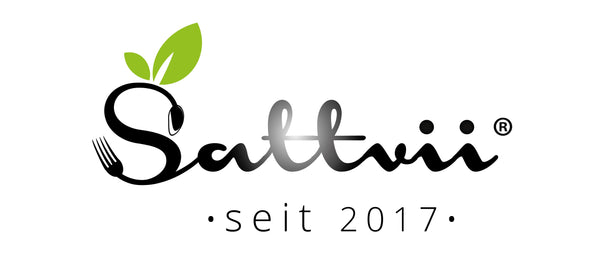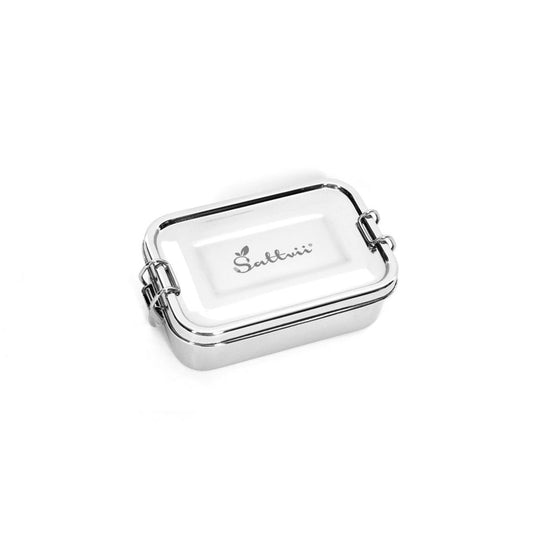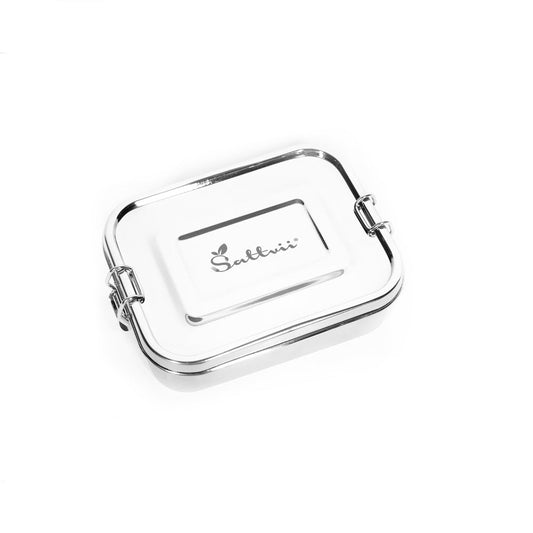If you are interested in nutrition, you are probably familiar with the term "high-fiber diet". But what exactly is behind it? First of all, it should be noted that this is not a diet. So it's neither about a fundamental
nor about a renunciation that you have to practice over a certain period of time. Eating a high-fiber diet simply means getting more fiber into the diet.
Dietary fiber refers to plant components that are not broken down and utilized in the gastrointestinal tract. They are excreted undigested. But that doesn't mean they don't have an effect on the body. On the contrary: Dietary fibers can support the human organism in many ways. Here are some good reasons for a high-fiber diet:
- Promotion of healthy intestinal flora and regulation of digestion
- positive effect on blood sugar and cholesterol levels
- Risk of certain diseases decreases
- gives you a feeling of satiety and is low in calories
Also interesting:
Tips to rebalance your acid-base balance!
Save time with Meal Prep!
 What is a high-fiber diet?
What is a high-fiber diet? In order to provide you and your family with enough fiber, it is best to integrate a lot of plant-based foods into your diet. You can find water-soluble dietary fibers such as inulin, pectin or agar in many types of fruit and vegetables or in algae. The water-insoluble fibers include cellulose, hemicelluloses and lignin. Whole grain products and legumes in particular, but also fruit and vegetables will help you to meet your needs.
There are recommendations for the intake of roughage. According to the German Society for Nutrition (DGE e. V.), the daily requirement for an adult is at least 30 g. This value is easy to achieve if breakfast is already enriched with whole grain products and muesli and if there are enough vegetable side dishes and fruit on the menu. Despite this, many adults consume too little fiber (namely only about half of the recommended amount: 15 to 20 g/day) due to unbalanced eating habits.
Consequences of a low-fiber diet Anyone who consistently consumes too little fiber, as is often the case with western diets, reduces the natural diversity of “good” intestinal bacteria. A healthy intestinal flora supports the utilization of nutrients, forms a defense against diseases and keeps unwanted intestinal germs in check. A low-fiber diet can weaken the immune system and disrupt metabolism and digestion. Consequences and diseases associated with it are for example:
- Overweight
- Diabetes mellitus
- cancers
- allergies
- hemorrhoids diverticulitis
- Cardiovascular disease

Just a few weeks of a low-fiber diet result in a changed intestinal flora. According to a study, the reduced microbiome can also affect subsequent generations and an intake of additional fiber alone is then no longer sufficient to restore the diversity of intestinal bacteria.
High-fiber diet as a weekly plan - advantages In order to keep you and your family healthy, you should therefore ensure a natural and balanced diet from the outset. A sufficient amount of dietary fiber is part of it.To make it easier for you in everyday life, you can, for example, create a
weekly plan Stock your pantry with foods that are considered to be rich in fiber. If you cook certain recipes more often, prepare components of the food and store them in the fridge or freezer. This is how you cook high-fiber, but saves time and without much effort.
High-fiber foods also have a filling effect and often have only a few calories. Incorporating it into the diet can therefore support diets and promote the maintenance of a healthy body weight.
These foods provide fiber If you already suffer from digestive problems such as diarrhea, constipation or flatulence, you can regulate bowel movements with a diet rich in fiber. Avoid fatty snacks or convenience foods, which are often high in energy but low in nutrition. They do not provide the body with what it needs to maintain physiological processes. It is better to reach for fresh fruit and vegetables and whole grain products, which, in addition to fiber, also offer many vitamins and minerals. Examples of high-fiber foods are:
- Brown rice, wild rice, whole wheat pasta
- Wholemeal bread made from wheat flour type 1050, spelled or rye flour
- psyllium husks
- Muesli with fresh fruit or dried fruit
- Berries, apples, persimmons, plums
- Potatoes, carrots, brassicas, salsify and legumes
 Find recipes for a high-fiber diet
Find recipes for a high-fiber diet Replacing flour when baking or replacing durum wheat semolina pasta with whole grain pasta makes it easy to incorporate low-fiber recipes convert high-fiber foods. If you need more suggestions or are looking for new ideas to create a weekly plan for your diet, the Internet offers you plenty of creative suggestions. Diabetes guides in particular provide a variety of healthy recipes to cook at home. As soon as you know what to look out for and the right foods are in your pantry, it will certainly be easy for you to develop your own recipes.
Store and transport high-fiber foods in an environmentally friendly way
For masters of prep, Sattvii's eco-friendly Stainless Steel Lunch Boxes can come in handy when cooking high-fiber recipes. Cut your chosen foods into the desired size and store them in the tins in the fridge or freezer until you need them for your lunch or dinner. This will save you a lot of time in everyday life. All you have to do is take out the pre-cut ingredients and put them in the saucepan.

You can find the tins in our shop in many practical sizes, so that you can use fresh fruit and vegetables as well as dips or yourself on the go manufactured whole grain products are well taken care of. Food can be arranged nicely in the stainless steel lunch boxes and stored airtight and leak-proof.
What happens if I eat too much dietary fiber?
If your diet up to now If your diet is low in fiber, switching to a high-fiber diet too quickly can lead to digestive problems (gas formation or diarrhea). However, this should only be a temporary problem. In this case, try to slowly increase the fiber content in your diet to give the body a chance to get used to the new food.
Fiber is a carbohydrate polymer that binds water in the intestine and swells up as a result. In a healthy amount, this stimulates intestinal activity and promotes bowel movements.Consuming too much fiber can also cause constipation. Therefore, always ensure that you drink enough fluids when you increase the amount of fiber-containing foods.
There are also clinical pictures that can be aggravated by a high-fiber diet . These include, for example, irritable bowel syndrome or ulcerative colitis. Here, increased fiber intake can put additional strain on digestion. If such a clinical picture is present, your doctor will give you appropriate dietary instructions. Otherwise, you should value a healthy balance in your food intake and try to make your nutrition plan varied.









